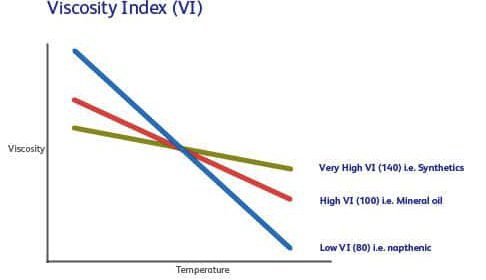BatsTDK
Full Access Member
What oil weight were you running before?
Disclaimer: Links on this page pointing to Amazon, eBay and other sites may include affiliate code. If you click them and make a purchase, we may earn a small commission.
5w30 Mobile 1What oil weight were you running before?
To be more accurte, Idles at about 35-38. Giving it the gas barely gets to 40. Which makes me hopefully think it's a weak sending unit. I'll switch the sending unit and if I don't see an improvement, I'll dump the oil and go to Rotella like I had wanted before......Are you sure they put in what you asked for? Mine idles at about 38psi and around 45-50 when I hit the gas. Yours doesn’t seem too far off. Filter maybe?


Thanks youIF the reading is correct, you have no problems.
Thank You for the info..35 at idle is perfectly dandy
It's my opinion that >30 hot idle is just dandy on these vehicles. 25 is where I start looking for issues. Even though lower is technically 'in-spec,' it will anecdotally cause problems.
m1 5w30 is on the 'thinner' side, having a viscosity of 10.37cSt as per blackstone labs. Note that the range for XXw30 when hot is 9.3-12.5. So, a 5psi difference between oils in that acceptable range isn't out of the ordinary.
It's also normal for oil to have a 'bell curve' of viscosity when in an engine. When new, lighter / more voltatile components will flash off over a couple hundred miles, making it slightly thicker. Then as it's used, the oil will shear down and become thinner again. It's a little difficult to pick up on the analog gauge, but if you have a digital readout, you can watch it happen in real-time. It's weird.
Fun fact: the difference in viscosity between cold and hot is the viscosity index. It's an inverse relationship - so the lower the ΔV between cold and hot, the higher the VI. This trend continues as the oil heats above 100c, there high VI oils won't thin down as much as a low VI oil. This can show up where oils commonly referred to as 'too thin', like a 0w30, will have a higher viscosity and keep oil pressure up better under high temperatures than a 'texas thick' oil like a 10w30, because of the difference in viscosity index. 0wXX oils were avoided for a long time because they had a tendancy to shear down and get thin with use - they weren't as stable. But advancements in synthetic modifiers have made this largely a problem in the past. 'Tis why I run a 0w40 in mine year-round. It actually flows better at 0c than say... M1 5w30. The crossover point for this 6c / 43f.
View attachment 385239
